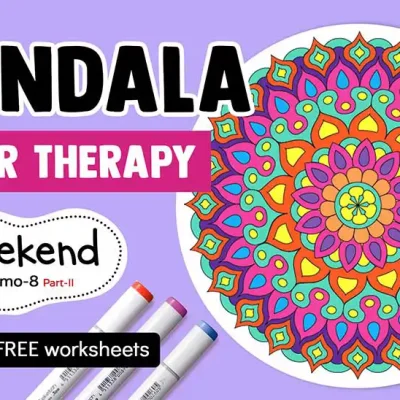
End of Content.
End of Content.
In this video, we will show you how to draw a perfect cube and how to shade it. As a beginner, you may find it difficult to draw a perfect cube, but we will show you a simple way to do it.
Draw a rectangle, then divide it vertically into two equal parts. Next, divide each part into two equal sections. Now, we have divided the rectangle into four equal parts. Then, divide the rectangle into three equal horizontal sections. Finally, we will have 12 boxes within the rectangle. Now, connect the corners as explained in this video, and you will have a perfect cube. You can draw a rectangular prism by following these methods.
To shade a cube, first determine the light source direction. Shade the sides of the cube that are opposite the light source with darker tones. The side facing the light should remain lighter to create contrast and depth. Gradually blend the shades for a smooth transition from light to dark, adding shadows where necessary to emphasize the 3D effect and make the cube look more realistic.
how to draw a perfect cube and how to shade it. As a beginner, you may find it difficult to draw a perfect cube, but we will show you a simple way to do it.
Draw a rectangle, then divide it vertically into two equal parts. Next, divide each part into two equal sections. Now, we have divided the rectangle into four equal parts. Then, divide the rectangle into three equal horizontal sections. Finally, we will have 12 boxes within the rectangle. Now, connect the corners as explained in this video, and you will have a perfect cube. You can draw a rectangular prism by following these methods.
To shade a cube, first determine the light source direction. Shade the sides of the cube that are opposite the light source with darker tones. The side facing the light should remain lighter to create contrast and depth. Gradually blend the shades for a smooth transition from light to dark, adding shadows where necessary to emphasize the 3D effect and make the cube look more realistic.



We offer a wide range of worksheets, including drawing worksheets, mandala worksheets, coloring pages, kids’ activity sheets, and step-by-step drawing video tutorials.
© 2025 vaareesaa.com